Spiraea is one of the most common shrubs. Simultaneously beautiful, unassuming from the growing conditions, the Tree of Ages is known for its therapeutic and healing properties. Spiraea growing in your garden has a double effect - it will arrange a beautiful yard, and you will always have handy "aspirin" form nature, as it is often called.
These ornamental shrubs are grouped in a large family, which includes about 80 different species of Spiraea. The most popular one is Spiraea x vanhouttei, which is actually a hybrid of two species. Other common types are the douglass spiraea that blooms in pink flowers with elongated collected in dense and narrow petals, resembling those of lilacs.
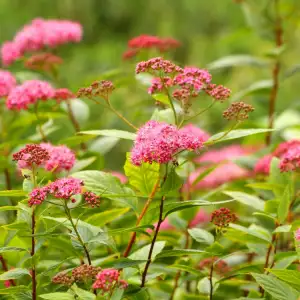
Japanese Spiraea (Sp. Japonica) is characterized by dark pink flowers, gathered in a thyroid panicle while yet another variety can have pink or white flowers, gathered in cylindrical clusters. As one of the most beautiful species of spiraea is considered the Spiraea Thunbergii, blooming with many tiny white flowers that resemble snowflakes.
Why the bush is known as the May snow is an interesting question. It is a preferred arrangement in the garden, because it creates the unique atmosphere of winter in late spring.
Different types of spiraea also differ in flowering time and especially color. For example Spiraea with white flowers blooms in late spring and early summer. Spiraea with pink and red petals begins to bloom in early summer.
The beautiful colors of spiraea can be seen in June, because then they start flowering and it is the best time to collect the flowers and young leaves. If you pick them later, drying is not easy and they can crumble to dust.
It is important to note that the colors of Spiraea should never be cooked, because its active ingredients are extremely sensitive to heat. However, they can be steamed and to avoid evaporation when brewing, use a nice cover glass.
Growing spiraea
Raising spiraea is very easy because it is not a picky shrub. However, they like sunny, yet shady places with moderately moist soil, in summer they must be watered more often. These do not tolerate prolonged droughts or excessive soil moisture.
The time for planting Spiraea is from October to November and spring, and propagation is done by cuttings. Easiest to transplant is spring and autumn. Spiraea can be repeatedly pruned in the spring, which does not prevent later re-growths from happening quickly.
Almost all kinds of Spiraea grow rapidly and form dense and lush crowns, which creates a pleasant atmosphere in the yard. For a beautiful accent in the garden, Spiraea can be planted alone as a single bush or in combination with other flowering plants. It is widely used for making beautiful flower arrangements.
Composition of Spiraea
When you squeeze spiraea in your hands, a nice and strong aroma is emitted. This is because they are loaded with active substances. They are rich in salicylic derivatives, similar to aspirin. It is considered that there is no plant with the healing effects, or the high content of natural salicylates, which are harmless aspirin.
Their anti-inflammatory action is not a risk to the gastric mucosa, like the use of aspirin. Spiraea is rich in coumarins, essential oils, flavonoids, rithy, heparin , minerals , salicylates, vitamin C and many essential oils.
Benefits of Spiraea
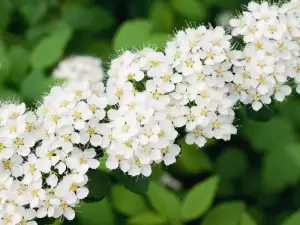
Since ancient times spiraea is used to treat various problematic conditions, including rheumatism. Medieval healers continued this tradition, they also discovered that spiraea helps with fluid retention in the body and inflammation of the urinary tract.
Spiraea is anti-inflammatory, antirheumatic and diuretic. It’s successfully used in cystitis, pleurisy, kidney sand, rheumatism and gout. Modern research has highlighted that spiraea has nerve calming action that is many times stronger than that of Valerian.
Not surprisingly, Spiraea was first applied as anti-stress agent. Herbal blends of spiraea have dual action - a calming effect, which improves your mood, because it stimulates serotonin - the hormone of happiness. In other words, if you apply a decoction of spiraea, you can enjoy a good mood and relaxation.
Among other things, spiraea effectively supports the digestive system because it soothes colic, dyspepsia, gastritis, inflammation of the intestines and stomach, peptic ulcer, enteritis, and ulceration of the stomach. It helps with irritable bowel syndrome.
Spiraea can relieve menstrual pain, muscle problems, stop inflammation and therefore is an effective remedy for flu and respiratory problems.

The herb is a great antidote for poisoning and infections, relieves pain and reduces fever. This useful herb helps to relieve the symptoms of bacterial and viral conditions such as measles and chickenpox . As mentioned, Spiraea is a natural aspirin and you can apply it in situations where you would normally drink a medicinal product.
Spiraea is proven effective for urinary system diseases - diseases of the bladder and kidneys, cystitis, gout, water retention, dropsy, gravel, inflammation of the urethra and kidney stones. The external application of Spiraea on wounds and sore eyes is also effective.
Directions: Pour 2 tablespoons spiraea with 500 ml of hot water. Allow to brew for 10 to 15 minutes, or up to 1 hour. Take 100 ml of the decoction 4 times a day before meals.
Dangers of spiraea
Although useful, there are some contraindications in Spiraea. Spiraea is not recommended for pregnant and lactating women. Logically, the herb is contraindicated for people who are allergic to aspirin and salicyl.
The herb is not recommended for people taking medication or suffering from heart, kidney and liver failure.
Furthermore, the continued administration of infusion of Spiraea, for more than three weeks, is contraindicated because overdose can damage the kidneys and heart.
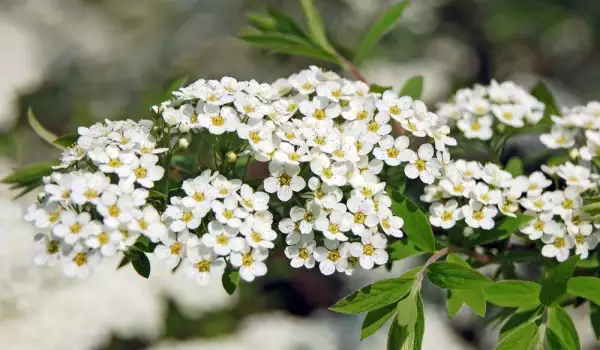
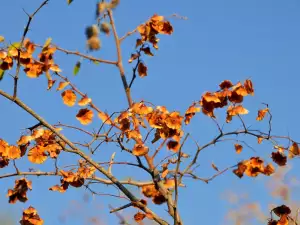
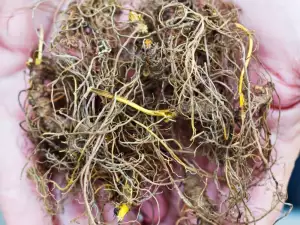
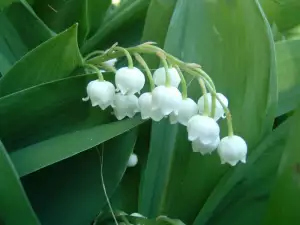
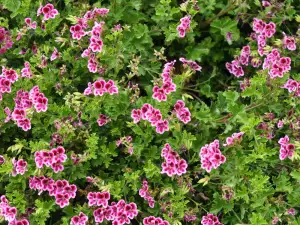
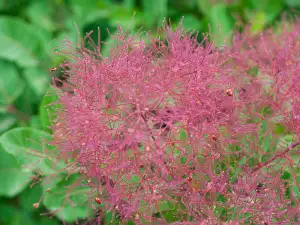



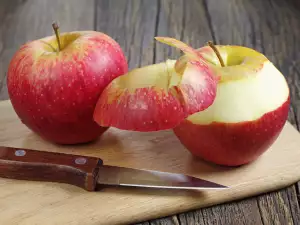




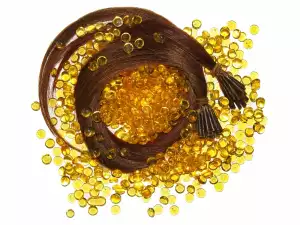
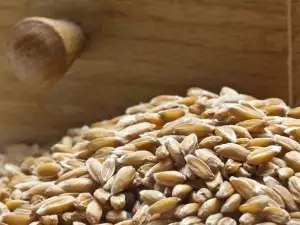




Comments